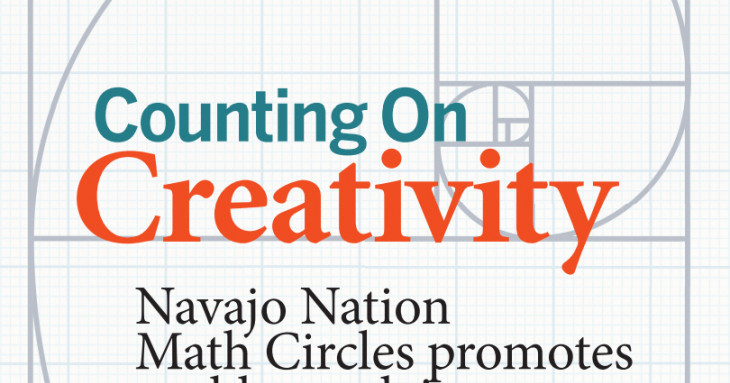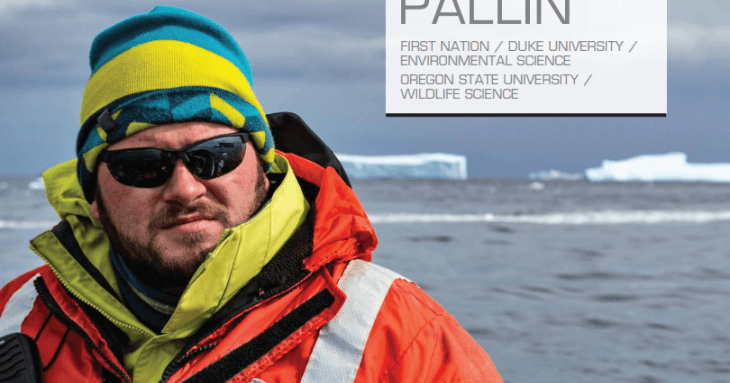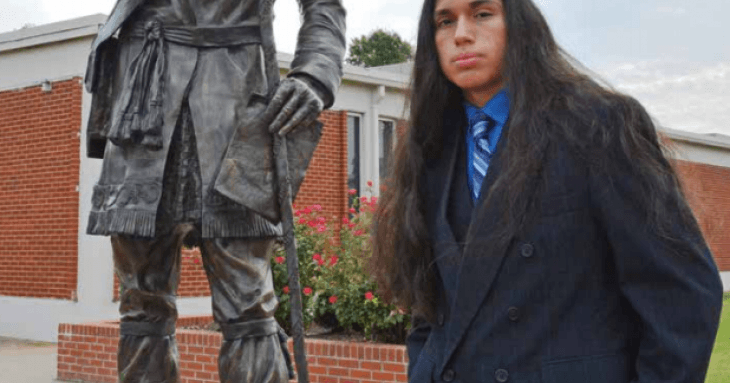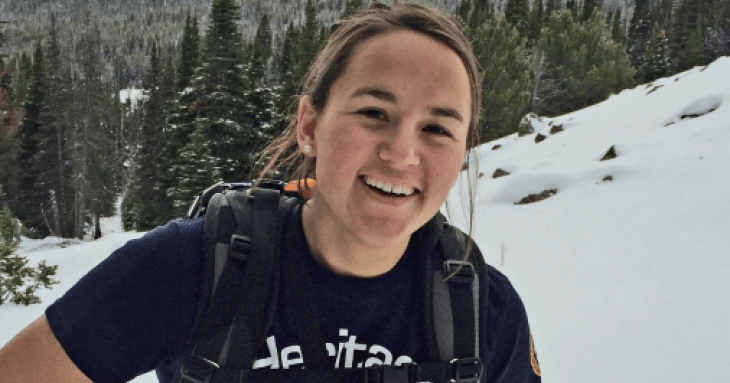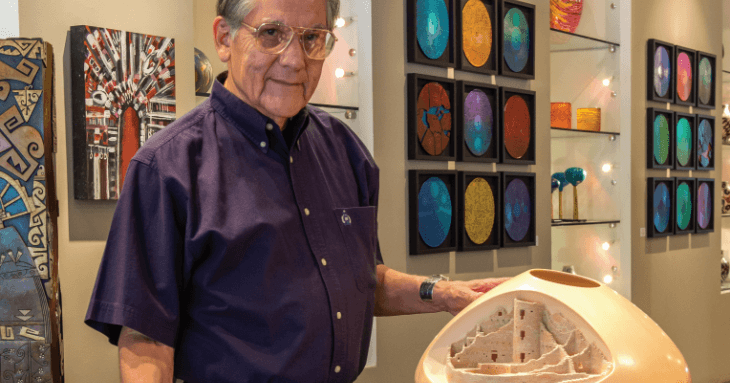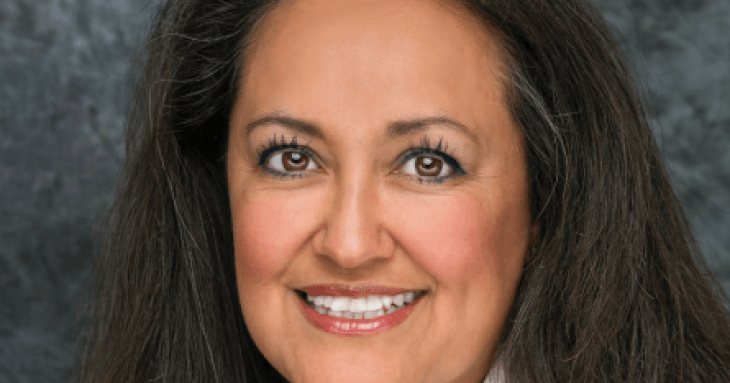-
Counting On Creativity: Navajo Nation Math Circles Promotes Problem Solving
In the high desert around the capital city of Window Rock on the Navajo Nation, you will find a scene that has been common in Eastern Europe since the 1930s. Schoolchildren are gathered with heads bowed and pencils clutched, intently looking at math problems. They may be serious about the task at hand, but they also laugh, discuss, and debate a little before one steps to the board and lays out a problem — and an equation to solve it — in an exercise that demonstrates both technique and skill.
-
Logan Pallin / First Nation / Duke University / Environmental Science Oregon State University / Wildlife Science
Logan Pallin, First Nation, grew up just outside the northern Minnesota community of Cloquet. Relatively rural, Cloquet has only about 10,000 residents, and Pallin spent much of his childhood exploring the surrounding forests and lakes.
Like many graduate students, he was drawn to science early on when he became involved in science fairs. “I just loved working on a project, figuring it out, and then having the opportunity to share it with the scientific community,” he says.
-
Onendanegea Rhoades / Cherokee And Nez Perce / Sequoyah High School
When Onen Rhoades wants something, he isn’t afraid to work hard for it. For years he had been interested in building computers but lacked the resources. Still, Rhoades didn’t let that stop him. Once he was old enough to get a job, he began saving money to buy components. By the time he was 16, he had earned enough to build his first computer. “It started when I wanted a gaming computer,” he recalls. “Since there weren’t any classes on it, I went about teaching myself how to build a computer, and I eventually became really good at it.”
-
Amanda Carroll / Peguis First Nation and Cree / Montana State University / Organismal Biology Heritage University / Physician Assistant Program
High school should be a time of growth and self-discovery, and it was especially transformative for Amanda Carroll, Peguis First Nation and Cree. As a high school student she discovered both her cultural roots and her professional path.
Born in Bozeman, Mont., Carroll is the oldest of six children. She is proud of her Peguis and Cree heritage, but didn’t always feel connected with her tribe the way she does today. Growing up, she didn’t hear the Peguis language spoken at home, nor did she learn about their traditions.
-
Al Qöyawayma / Hopi And Cherokee / Mechanical and Systems Engineering / Professional Artist
AISES cofounder and former chairman Al Qöyawayma has an excellent “man cave” in his home in Prescott, Ariz., filled with a cozy clutter of art and books. Steve Jobs, who stares out from the cover of his biography, reflects some of Qöyawayma’s own ideas about success. “When we write resumes, we want to put in the good things,” Qöyawayma says. “Of course, it’s not always the good things you learn from.”
-
Rita Peterson / Ojibwe / Caribou Thunder LLC
Rita Peterson is a busy woman. She runs a truly 21st-century company, one of the only woman-owned, Native American– owned, HUBZone (Historically Underutilized Business Zone)-certified engineering services firms serving the Department of Defense around the country, around the globe, and even into space. Her brainchild, Caribou Th under LLC, is headquartered on the Lac Courte d’Oreilles Ojibwe Reservation in Hayward, Wis.


